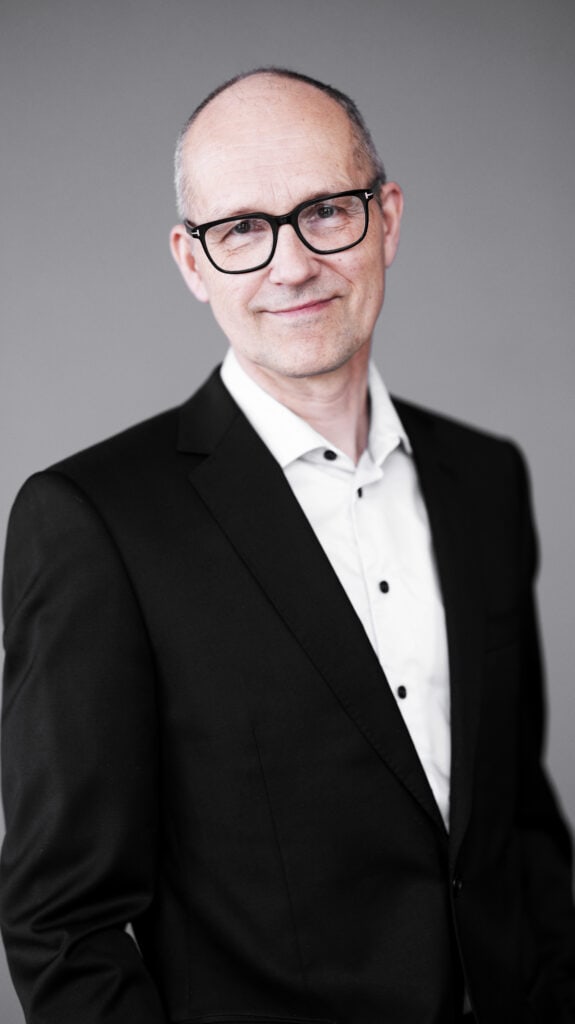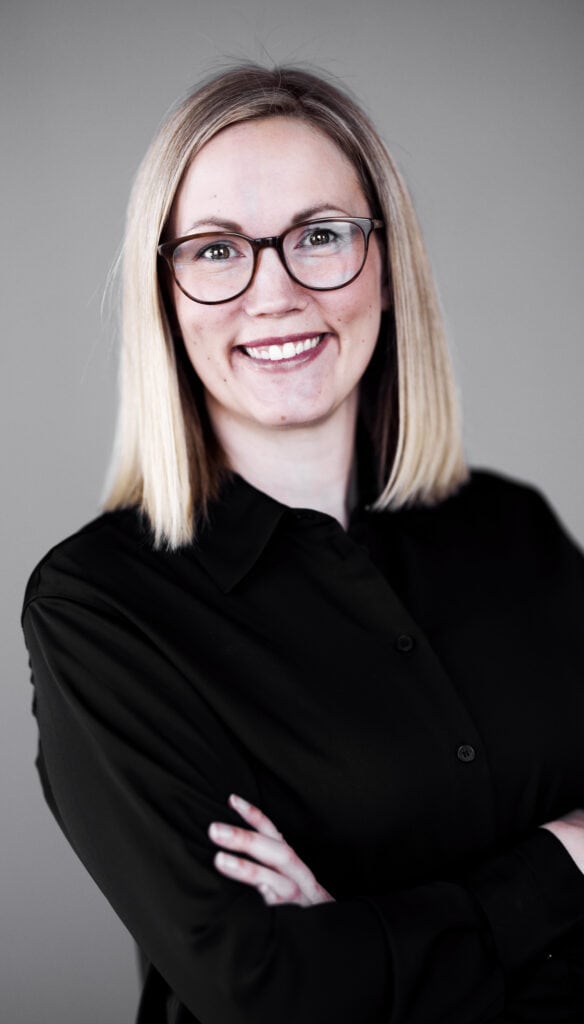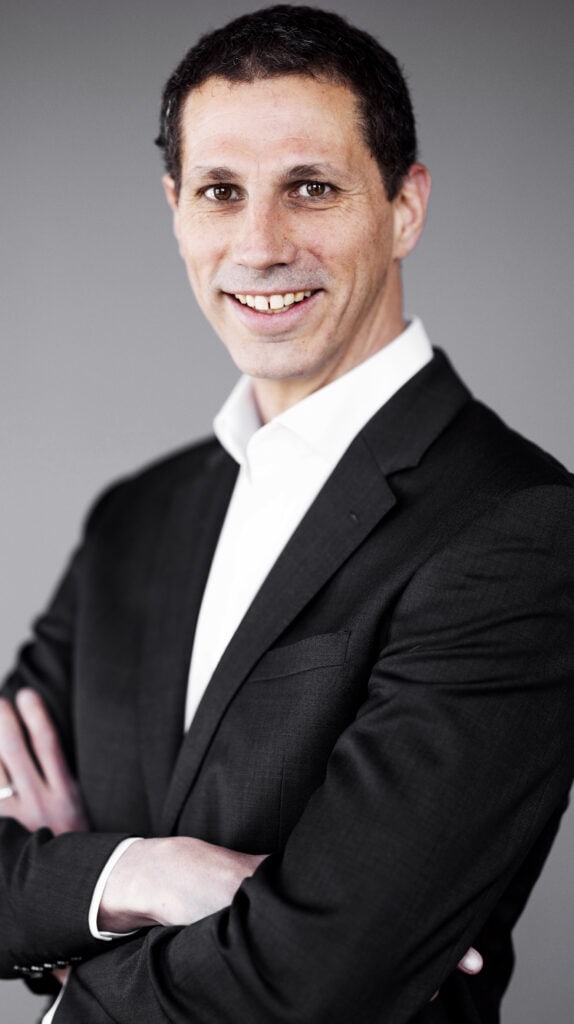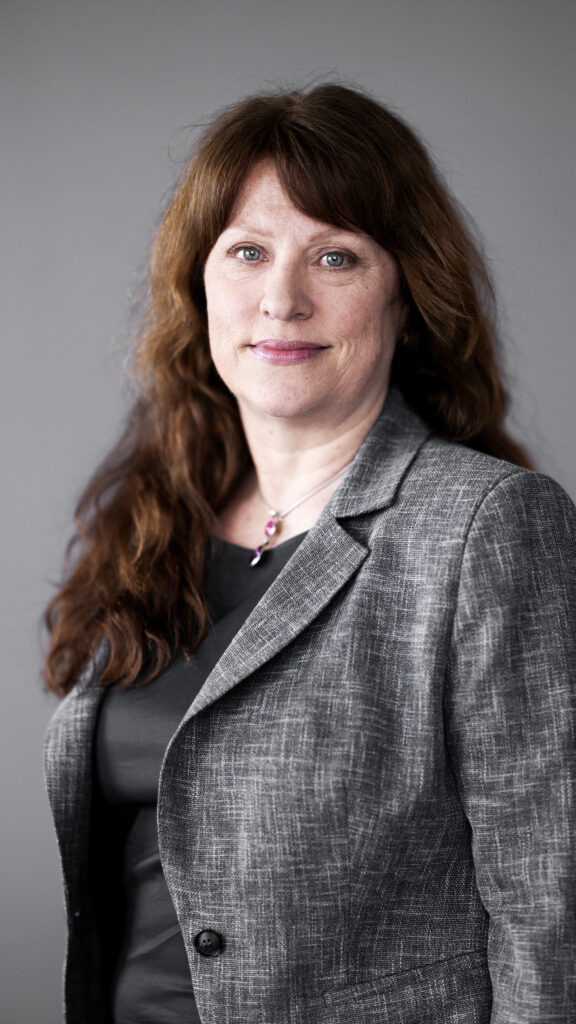Protecting the form and look of your product
Designs
Registered designs protect the physical appearance of a product. This includes the shape, configuration, pattern, or ornamentation that gives the product a unique appearance.
Aesthetics create value
The appearance or design of a product is a powerful tool when looking to stand out.
In a world where visual communication dominates, a product's look is often the most important sales factor when the buyer makes their choice. Creating a compelling design requires both expertise and significant effort, yet the visual aspect of a product can be easily copied. This is why design registration is so important — it enables you to protect your creative investment and products easily and effectively.

Reidun Rosså Korsberg
What can be protected using designs?
The Design Act defines a design as the appearance of a product or part of a product, determined by the distinctive features of its lines, contours, colour, shape, texture, material, or ornamentation.
In addition to the overall form, appearance, and decoration of a product — such as the design of a mobile phone, a piece of furniture, or a decorated mug — it is also possible to protect individual parts of a product, even if those parts are not separate components. Examples include the keypad of a mobile phone, the backrest of a chair, the handle of a coffee cup, or the packaging of a product.
The design of a combination of products can also be protected, such as the interior layout of a hotel room, a restaurant, a bathroom, or a train carriage. Even web page layouts, typographic fonts, and graphic symbols can be protected using design rights.
Good design is good business
Thomas Watson Jr., former IBM president
Design protection abroad
Important to note
If you wish to register your new design internationally, there are several options available. Make sure to submit your application before the design is made publicly available or within the grace period to meet the novelty requirement.
Contact us as soon as possible to learn about application deadlines before you make your design publicly available if you are considering protecting your design.
EU Design Application (RCD)
An EU application is a design application submitted directly to the EU authorities. A Registered Community Design (RCD) grants you registered exclusive rights to the design across all EU member states.
We can assist with preparing and submitting applications directly to the EU's design authority, EUIPO. To achieve design protection in the EU, the application must be submitted within 12 months of the design being made publicly available. As in Norway, the design can be protected for a maximum of 25 years. Contact us if you would like more information about design protection in the EU.
National Design Application
A national application is submitted directly to the authorities in a specific country. In most cases, the application must be filed through a local representative and often needs to be adapted to local regulations.
We have a network of partners worldwide who can help protect your design. Please contact us for further information.
International Application (Hague Application)
Through the Geneva Act, Norway is a member of the Hague Agreement for the international registration of designs (Hague System for the International Registration of Industrial Designs). This means that Norwegian citizens, residents, or businesses based in Norway are entitled to apply for international design registration and designate other countries that are members of the Geneva Act. The application is submitted to the UN body, the World Intellectual Property Organization (WIPO), which will notify the designated countries.
Krav til bilder
Vi hjelper deg med å vurdere om bildene oppfyller kravene til registrering. Vi kan også bistå med å finne teknisk tegner om ønskelig. Bildene oversendes oss fortrinnsvis i jpg-format.
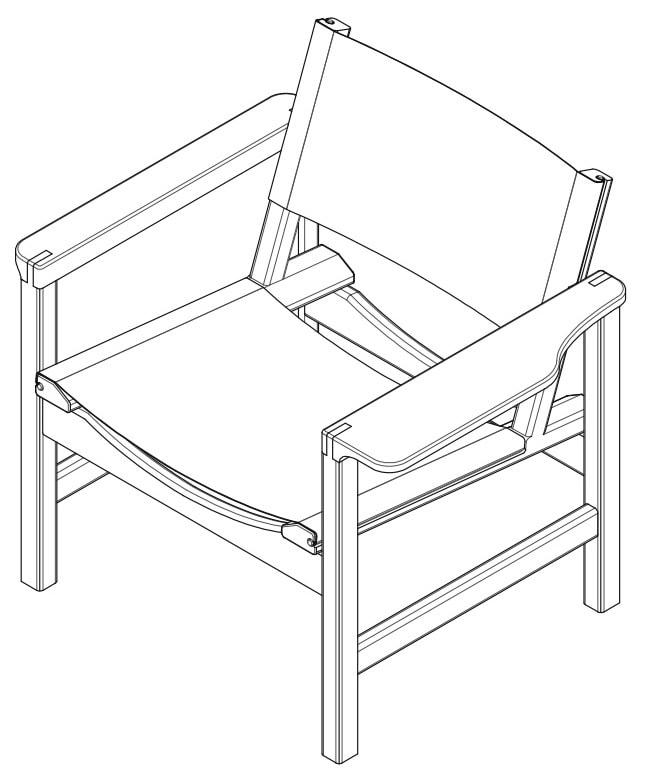
TJERAND FINE FURNITURE AS
Just a few months
Upon receiving a new design application, the Norwegian Industrial Property Office (Patentstyret) will review the submitted documentation to ensure that the application meets the formal requirements. However, the office will not examine whether the design satisfies the criteria for novelty and individual character. These aspects will only be assessed if a conflict regarding the design arises at a later stage.
A Norwegian design application is typically processed within 2-3 months. If the Patentstyret has no objections to the application, the design will be registered as soon as it is made publicly available.
If you have submitted an application in Norway, it can be extended to other countries within 6 months, claiming priority from the Norwegian application.
In such cases, the novelty requirement is also met in countries that apply an absolute novelty standard, provided the design was not publicly available when the application was submitted in Norway.
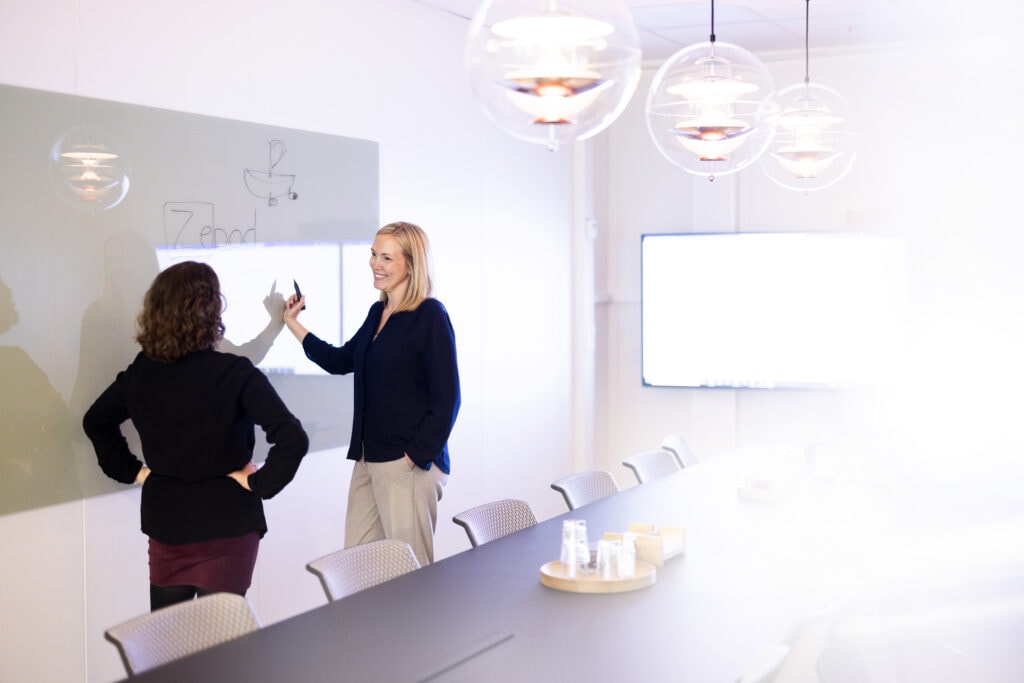
Useful information on designs
Explore our Knowledge Base
When should you apply for design registration?
Therefore, one should wait to seek protection until the design is fully developed.
How long does it take to obtain a design registration?
If the application is granted, the registration is published in the Norwegian Design Gazette, and a registration certificate is issued.
Please note that the registration certificate will not be issued until the design has been made public. If you have requested a deferred publication in your application, the Norwegian Industrial Property Office will wait to issue the registration certificate until the design can be published.
What are the requirements for obtaining a design registration?
To achieve design protection, the design must be new and have individual character. "New" means that no identical design has been made publicly available in the EEA (European Economic Area) before the date the application was submitted (the filing date) or before the priority date if priority has been claimed. Please note the exceptions outlined in the "grace period" section.
"Individual character" means that the overall impression the design gives to an informed user must differ from the overall impression that such a user would get from another design that has been made publicly available.
When the Norwegian Industrial Property Office processes a design application, they must ensure that specific formal requirements set out by the design law are met. However, the examination of whether the design is new or has individual character is not included in these formal requirements. If the applicant specifically requests it, the Norwegian Industrial Property Office, upon payment of an additional fee, will examine whether any identical designs have been or are currently registered in the Norwegian design register.
How long does a design registration last?
A design registration can be renewed every five years up to four times, giving a maximum protection period of 25 years. An exception applies to spare parts, where the maximum protection period is five years.
We'll let you know when it's time to renew the design registration.
What is a grace period?
This arrangement is called the "grace period" and applies to Norway and several other countries in Europe and North America. In this context, it is important that the date on which the design was made public — for example, at an exhibition, in a journal, through a sale, or in any other way — can be documented.
The application for design protection must be submitted to the Norwegian Industrial Property Office within twelve months from the date the design was made public. Note: The grace period should only be used if the design is to be marketed and protected in countries with national legislation that includes provisions for a grace period. The EU and the USA, among others, have such provisions.
What is "priority"?
In such cases, the novelty requirement is also met in countries that apply an absolute novelty standard, provided the design was not publicly available when the application was submitted in Norway.
Get in touch with us, and we can assist you with your foreign applications.
What to do if you believe a design registration is invalid?
Such a request should be submitted to the Norwegian Industrial Property Office along with a justification. The design registration may be revoked by the Norwegian Industrial Property Office if, upon review, it is found that the registration does not meet the requirements of novelty and individual character. An administrative review can be conducted at any time during the registration period.
Please contact us if you would like our assistance in submitting such a request or if you would like our assessment.
How can I stop counterfeit goods from entering Norway?
A design registration makes it easier to obtain assistance from customs authorities to stop the import of counterfeit goods.
If you suspect that illegal copies of your products are being imported, we can assist you in preparing an application to the customs authorities. A well-crafted application will increase the likelihood of customs stopping counterfeit goods at the border.
Contact us for help in protecting your design.
Highly trusted, client-focused
Our international team of attorneys have a wide range of technical backgrounds and solid experience in a number of scientific fields. We have many years of experience in both private practice and in-house IPR departments of large multinational organisations.
Meet our team